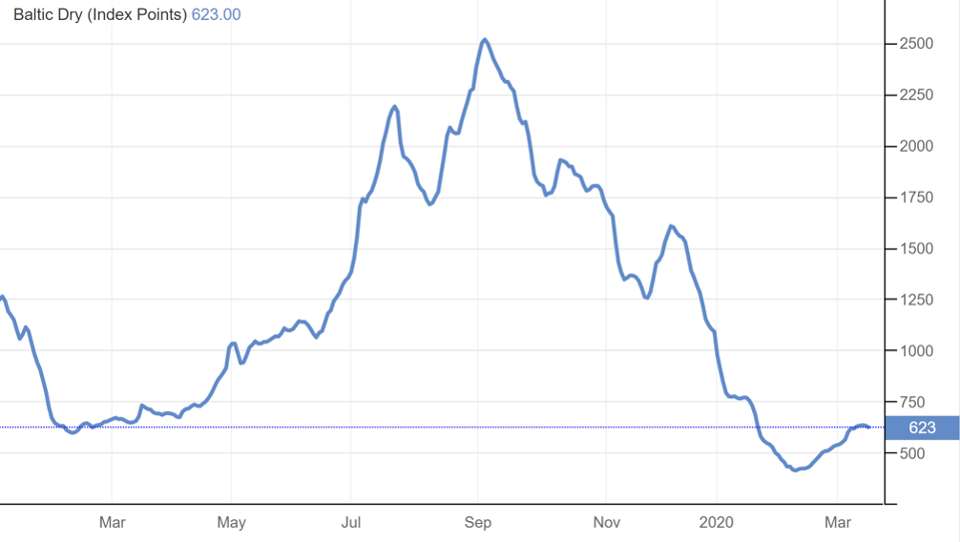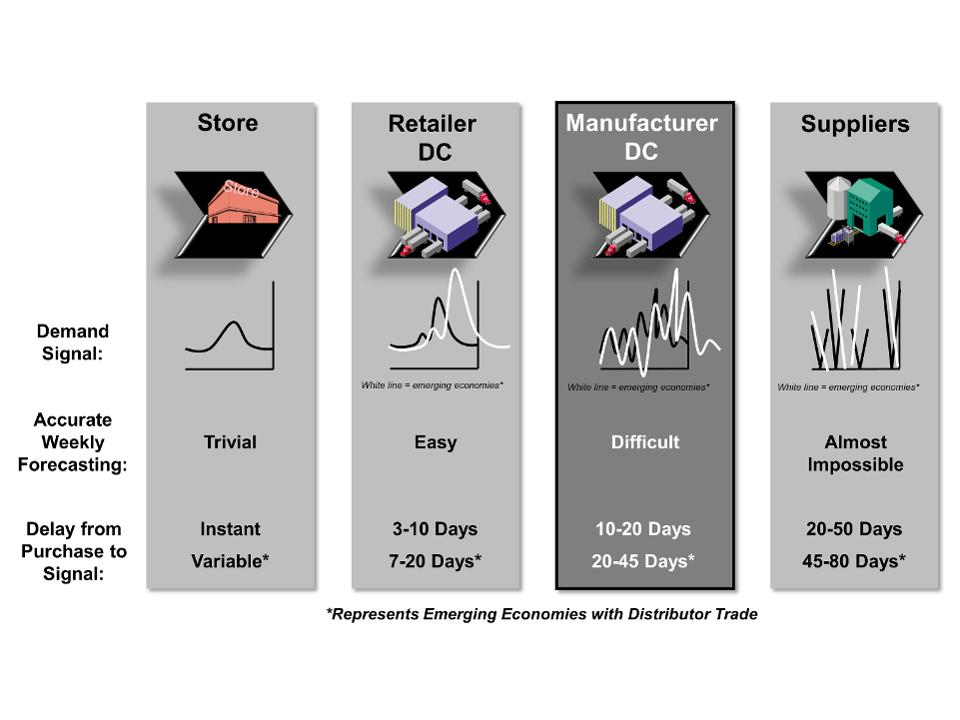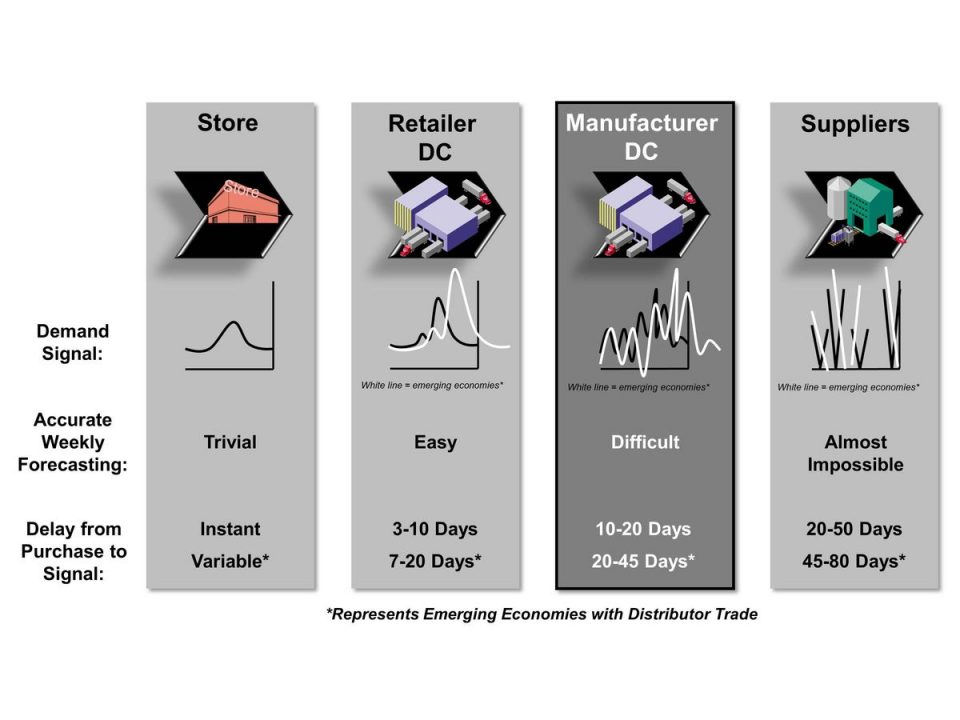I have it. This week, I tested positive for COV-19. I believe that it happened on a crowded flight to San Antonio, but I will never be sure.
Knowing that I have the virus is a strange, and an unbelievable story for me. Today, there is a shortage of COV-19 tests. When the fever spiked and my energy levels plummeted, I tried to get tested, but to no avail. There was a shortage of test kits.
Five days later—after two days of talking to my physician, driving an hour to the test site (an open tent in a farmer’s field), and waiting four days to read the results—I gulped hard. As I stared at my chapped hands—red from handwashing— I realized I lost the fight. Handwashing, disinfectants, and wipes were not sufficient.

NINGBO, CHINA – MARCH 12: A cargo ship sails at Beilun port on March 12, 2020 in Ningbo, Zhejiang … [+]
VCG via Getty Images
I believe that the country lost the fight. Today, the number of affected citizens is unknown. As a result, it is impossible to run the healthcare models and predict what happens next. We need to prepare for a worst case scenario.
As I watch the news and talk to supply chain professionals around the world, I also realize we lost the battle globally. In the short term, the supply chain will never be the same. In the long term, we have uncertainity; but we need to redefine supply chain capabilities, and define the new normal.
I am ill and quarantined, and cannot get clarity on when I can lead a normal life. I am told that I can remove the quarantine when I have no fever and get two consecutive negative tests. (Each taking four-to-five days to read and the tests are still in short supply.) However, I now need to focus on getting well and the actions to take for my small business to take in a turbulent economy. The same is for supply chains around the world. We need to focus on recovery…
Actions To Take:
Short term, we need to take action in healthcare. We are in trouble. I would like for the US government to work with hotels to convert unused beds to hospitals for the less critical patients and testing. It would also make my heart sing to see the grounded long-distance commercial airlines airlifting medical devices, masks and protective clothing from China. The airlift is needed because drivers in China must quarantine as they cross province lines and the ocean cargo system is struggling with the double whammy of the recession and the virus. Manufacturing will rebound faster than the supporting logistics infrastructure. (For clarity, China has thirty-four provinces, and the Baltic Index today was at 623 down threefold since September.)

Baltic Dry Index a Measure of Ocean Shipping
Baltic Dry Index https://tradingeconomics.com/commodity/baltic
Over 90% of the protective gear required to protect healthcare workers is manufactured in China. We need to source and move it quickly. The war is on…
Long term, supply chain leaders need to take swift action to align the supply chain with world markets. The only constant is change.
The first step is to untether the supply chain from the order as the primary source of demand. As the volume decreases, demand latency (the time from shelf takeaway to order receipt for a manufacturer) increases. Conversely, as volume increases the time from shelf takeaway to an order increases. Under normal circumstances, the order replenishment for toilet paper is ten to twenty days. The United States retail shelves are not empty because manufacturers do not have inventory. They are sitting on seventeen days of inventory in their warehouses. The issue? The brand owners are just not getting the replenshment signal from retailers on a timely basis. The issue is the bullwhip effect. By definition, in the current supply chain with each node, demand error is amplified and the signal is distorted. As a result, the signal to suppliers is essentially noise.

Data Latency and Distortion
Supply Chain Insights
In contrast, while the demand for toilet paper increased in the recent days, the demand for luxury goods—handbags, prom gowns and dress shoes plummeted. In the short term, historic order patterns will not be sufficient to run the supply chain. The answer? Use new forms of analytics to forecast at each tier using consumption data. Hold your organization accountable for signal accuracy at each node.
With the recession and expected unemployment of over 20%, this isn’t business as usual. The second step to take is to decouple the supply chain from the budget and rethink managerial incentives. The focus for cross-functional processes like Sales and Operation Planning (S&OP) needs to be the actualization of opportunity and the mitigation of risk. Sourcing materials may be more expensive, and functional metrics throw the supply chain out of balance. The focus needs to be on reliability: forecast value-added in demand planning (FVA), customer service, first-pass yield and manufacturing schedule adherence. Abandon the functional metrics for budget adherence, Overall Equipment Efficiency (OEE) and purchase price variance. Be nimble. Companies that adjusted the quickest in the 2008 recession focused outside in (a focus on the market) while balancing the lowest cost with customer service inventory strategies and asset plans. Companies with a focus on budget adherence and functional metric reward systems take longer to adjust and become laggards.

Adjusting the Supply Chain in a Recession
Supply Chain Insights, LLC
The answer? Change the process and incentives and manage the supply chain outside-in market-to-markt.
Build a war room and track supply. Use supplier development efforts to understand supply chain risks and map the locations and status of second and third suppliers. Reach out to all suppliers and ask how you can help. Expect surprise. The issues are usually a commonly-used material from a second or third-tier manufacturer that is taken for granted until conditions like this happen. Take steps to form teams to help suppliers get back on their feet.
The fourth step is network design and the simulation of the supply chain to understand impacts. Only 10% of companies actively design their supply chain. We have a shortage of talent to complete supply chain design activities. Modelers are a constraint, but don’t let this stop you. Build your team and actively model what is possible. Model monthly and quarterly plans and push to maximize the balance sheet based on market data.
Now is not a time for complacency. Think differently. Drive new outcomes.
Good luck.


